Search
Using the filters to the left, click your selection, it will become bold and filter the results, click it again to remove that filter.
The Untold Story of How American Engineering and Ingenuity Won World War II Hachette Books , 2024, 368 pp RRP US$34.00 Hardcover ISBN: 9780306831980 Written By : Christian Wolmar Reviewed By : Samuel Wright In January 1944, young doctor and polymath Solly Zuckerman devised his much lauded ‘Transportation Plan’ with the goal of crippling Germany’s logistics network in occupied France. Zuckerman’s unique approach was to view the railway network in France as though it were the cardiovascular system of a …
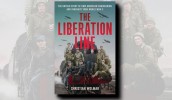
The question is not whether the future of warfare will be filled with autonomous, AI-driven robots, but when and in what form. [1] Robotic and autonomous systems, colloquially known as RAS, offer significant potential in the joint force logistic effort that extends from the national support base along lines of communication to frontline use. Industry has been employing automation and autonomy for some time, yet Australian Defence Force (ADF) adoption of such technologies has been evolutionary and somewhat …
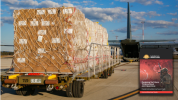
3D printing technology could possibly alleviate some of the issues with stockpiling supplies - Matthew Ng writes. As the Australian Army procures increasingly complex capabilities in developing a 21st century land force, the ability to maintain Army’s platforms and ensure operational readiness will pose new and unprecedented challenges for Army’s logisticians. Maintenance of combat platforms can be complex and highly unpredictable in peacetime, especially with fiscal pressures, not to mention those …
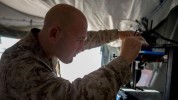
As a result of the recent First Principles Review (FPR), Defence underwent a significant restructure to more effectively design, acquire and sustain joint capabilities. The focus of the review was on ensuring that ‘Defence is fit for purpose and is able to deliver against its strategy with the minimum resources necessary.’ [1] The restructure reduced service stovepipes in order to develop a more ‘Joint by Design’ Australian Defence Force (ADF). This article posits that the ADF should embrace the …

‘ Science runs ahead of military and political affairs evolving new conditions, which institutions must adapt to .’ According to an NRMA report a global new energy vehicle transition has begun . A confluence of battery innovations, autonomous driving technology and public awareness of clean energy imperatives has conspired to trigger a switch in sentiment away from fossil fuel cars. Targets are already being set in some countries for zero emission vehicle zones by 2040. Car manufacturers are …

In 2007 the Australian Army Journal published an article titled Peak Oil and the Australian Army . The motivation for writing that article was the risk of Army being ‘functionally dislocated’ by the onset of peak oil with inappropriate doctrine, training and equipment. This post provides an update to the original article, focusing on the current global and Australian oil situation. It also discusses Army’s, and more broadly Defence’s, approach to a liquid fuel constrained future. The continued growth in …
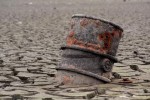
This article will seek to argue that historical concepts of mounted forces have framed our contemporary understanding of mounted capability in a way that has left a gap in our language and thoughts. It will further argue that the resulting gap has created a situation where our organisation is unable to reach a common understanding about mounted capability that fits neatly within historical examples. Finally it will argue for a framework to rectify these problems. All of our concepts of mounted capability …
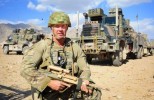
In prefacing his classic work on military logistics Pure Logistics , United States Marine Corps officer Colonel George C Thorpe declared that ‘the conclusion is irresistible that the military themselves know next to nothing about logistics’. As a marine infantryman teaching at the US Naval College in 1917, Thorpe had little professional compulsion or explicit need to write on logistics. However, personal experiences of American brush wars and observations made of the expeditionary war being fought on the …
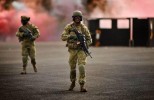
The past decade has seen a steady decrease in aerial resupply tasking in support of the conventional Army. The reasons for this include the operational focus of the Australian Defence Force (ADF) in the Middle East Area of Operations (MEAO); the removal of the airborne role from the 3rd Battalion, Royal Australian Regiment and the retirement of the DHC-4 Caribou and C130H fleet. Now, with the significant reduction of operations in the MEAO, the shift in strategic focus towards the Indo-Pacific Strategic …
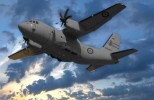
Combat Service Support (CSS) assets by their very nature, are vulnerable in the battlespace. They are often slow, cumbersome and leave a large signature; making it tedious and resource intensive for commanders to protect. In manoeuvre warfare, they are a tempting target, a gap between hard services which can cause disproportionate damage when attrited. A classic dilemma for the commander is allocating correct combat weight to protect CSS assets whilst still achieving mission aims. The Australian Defence …

